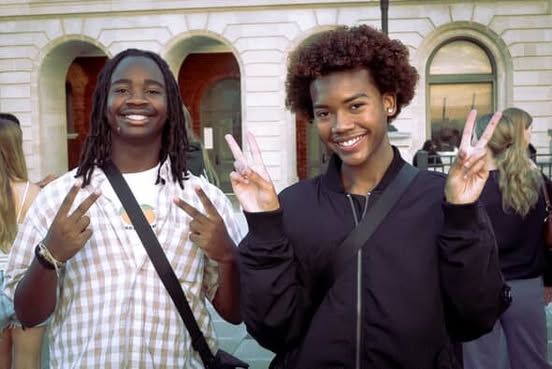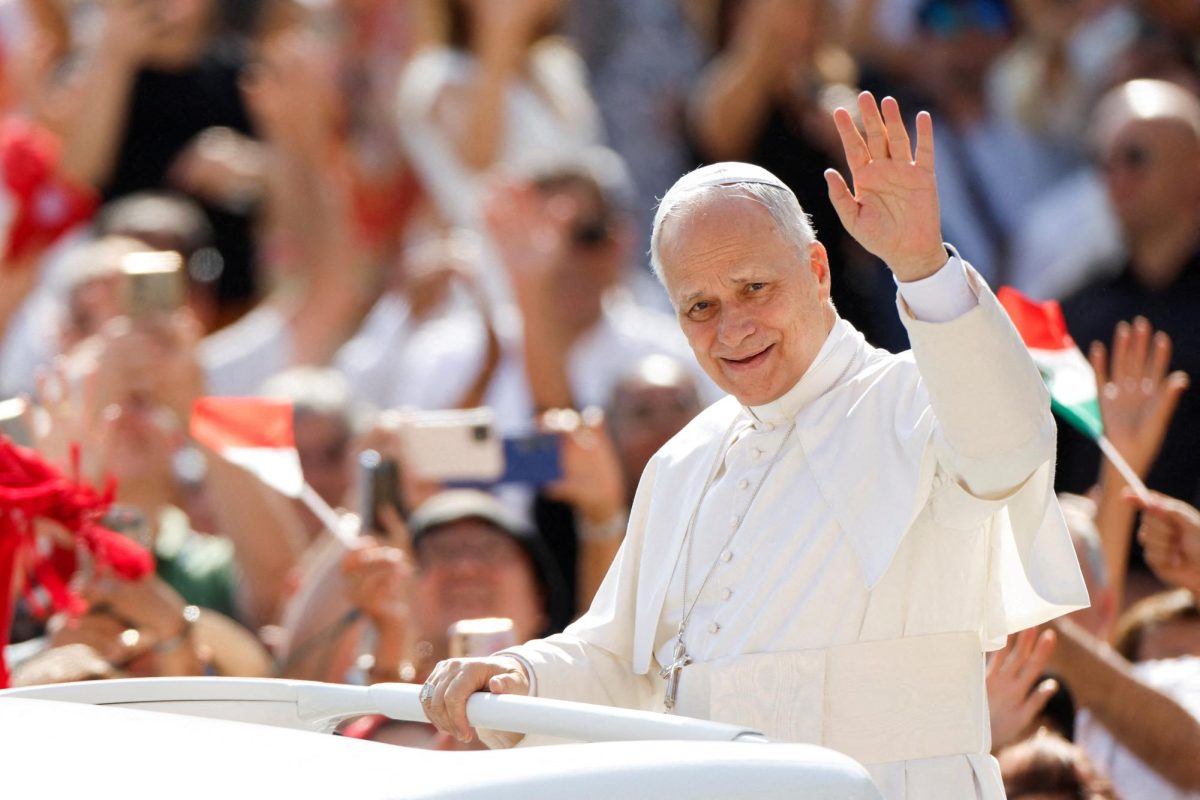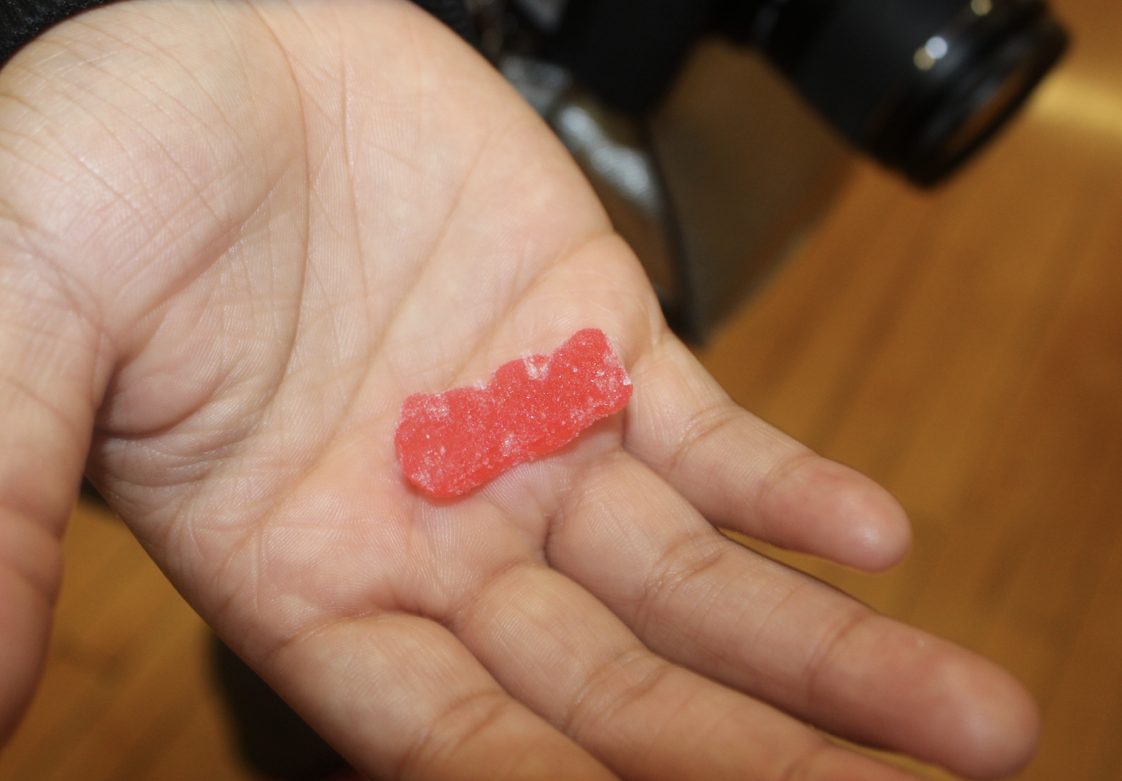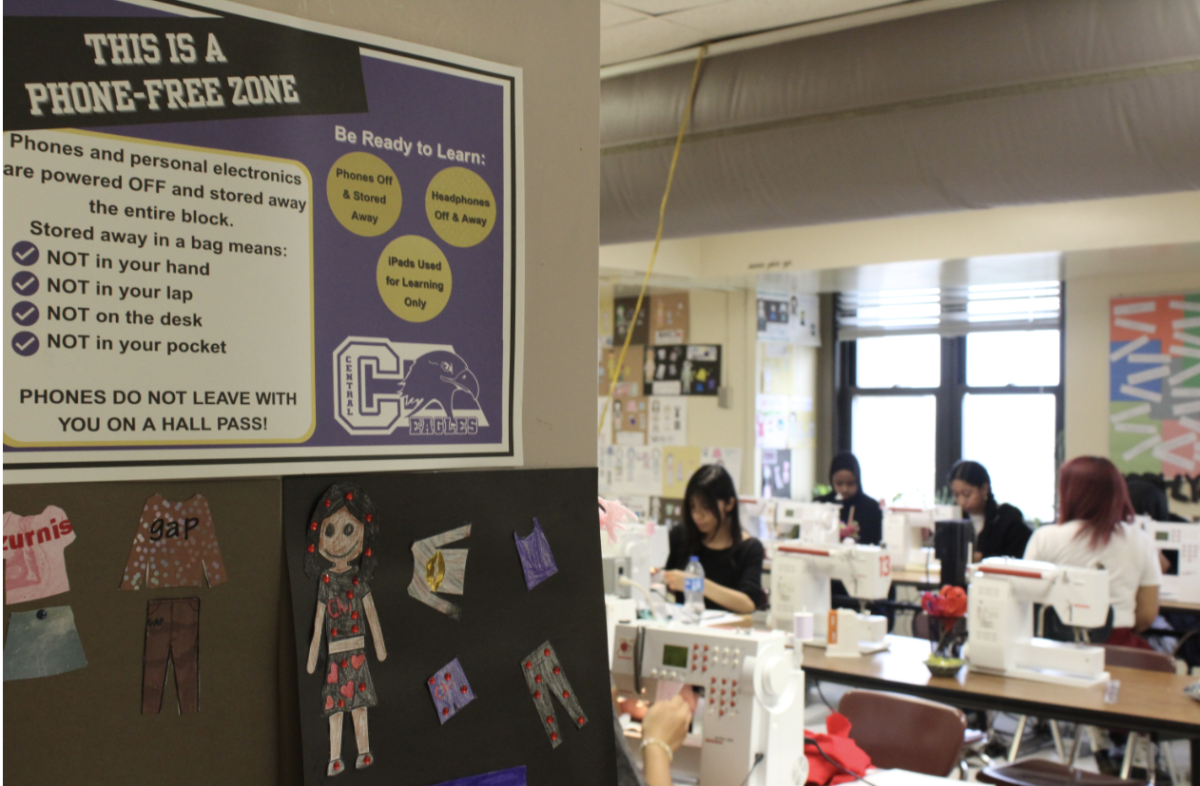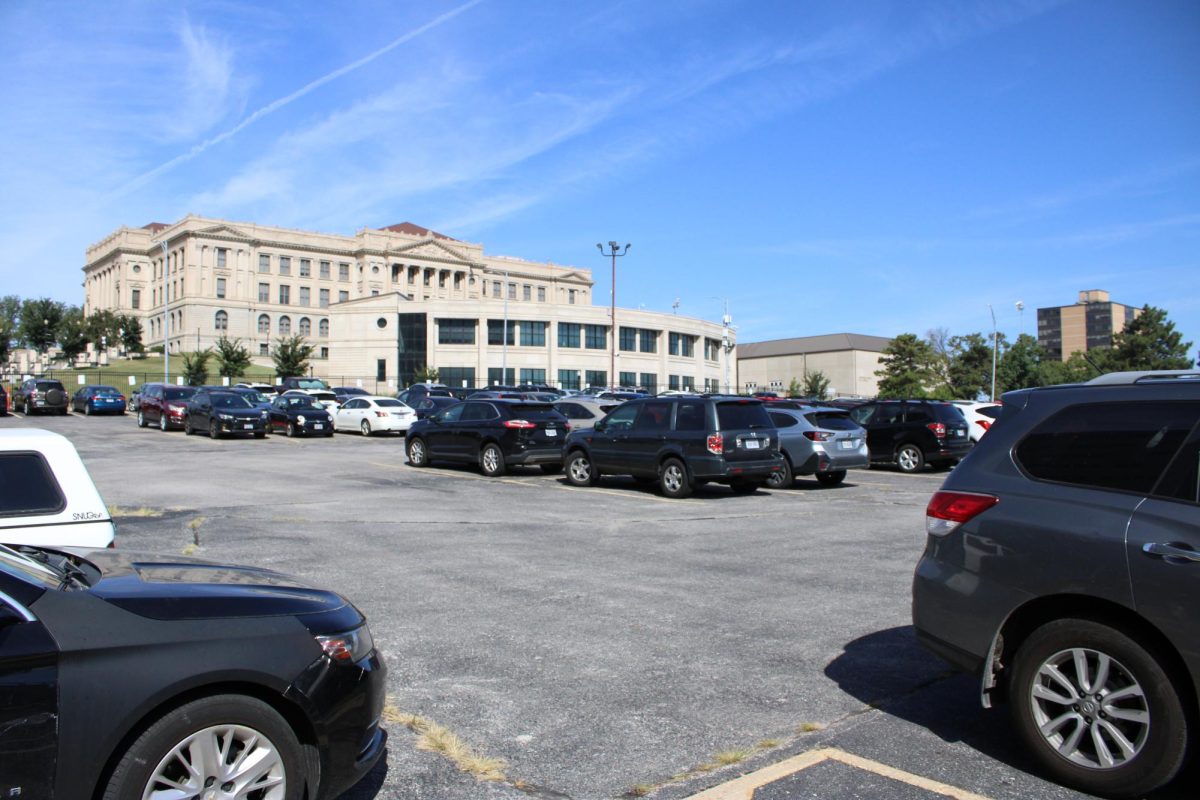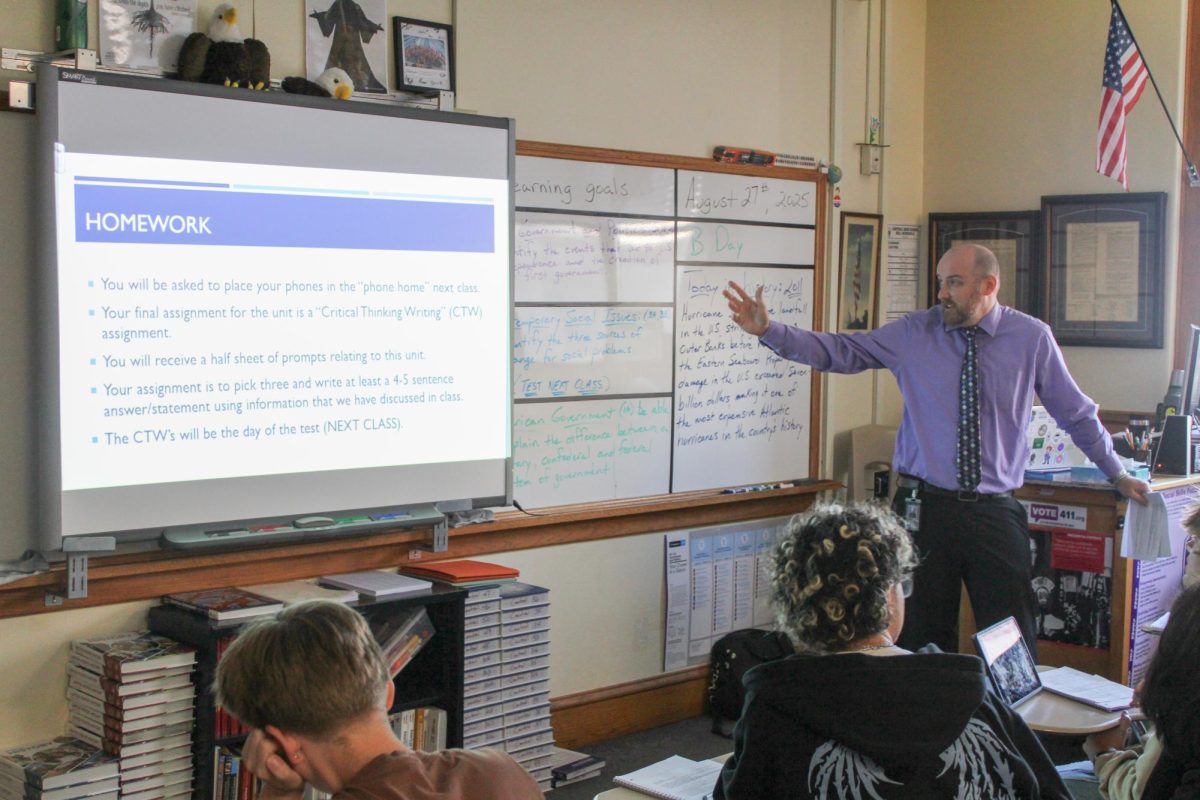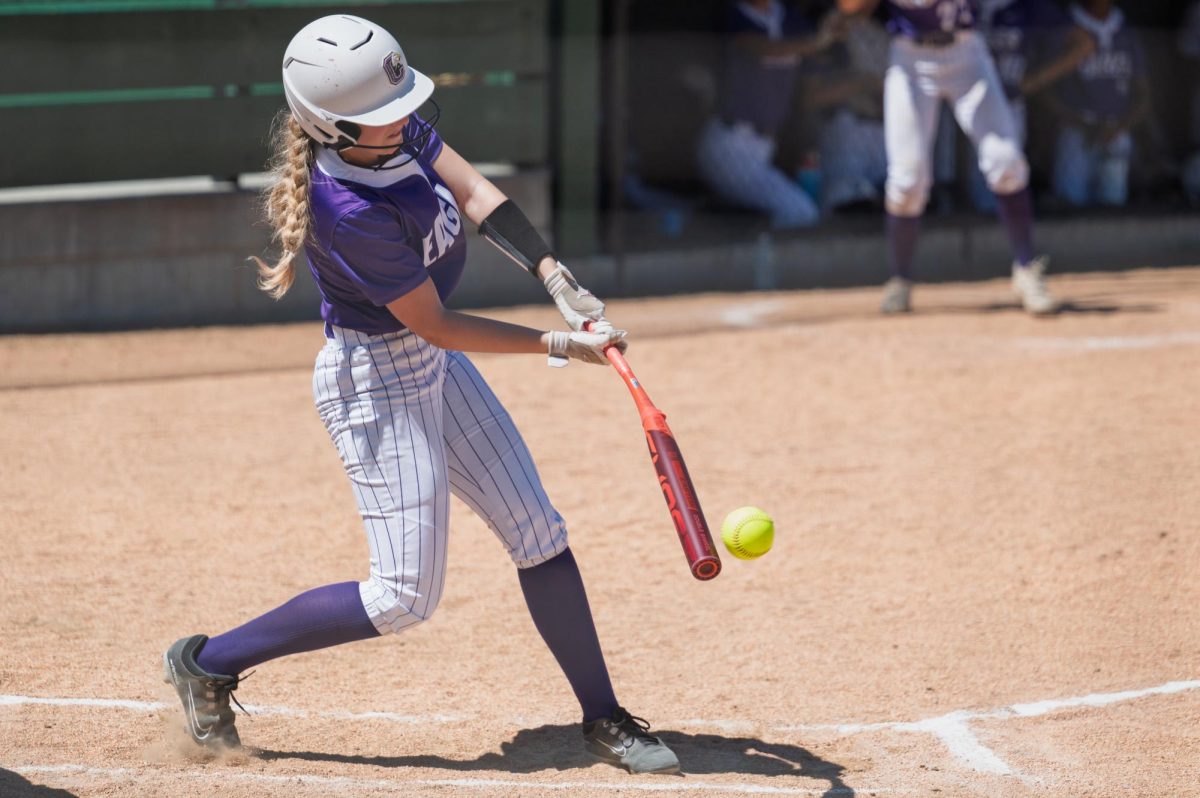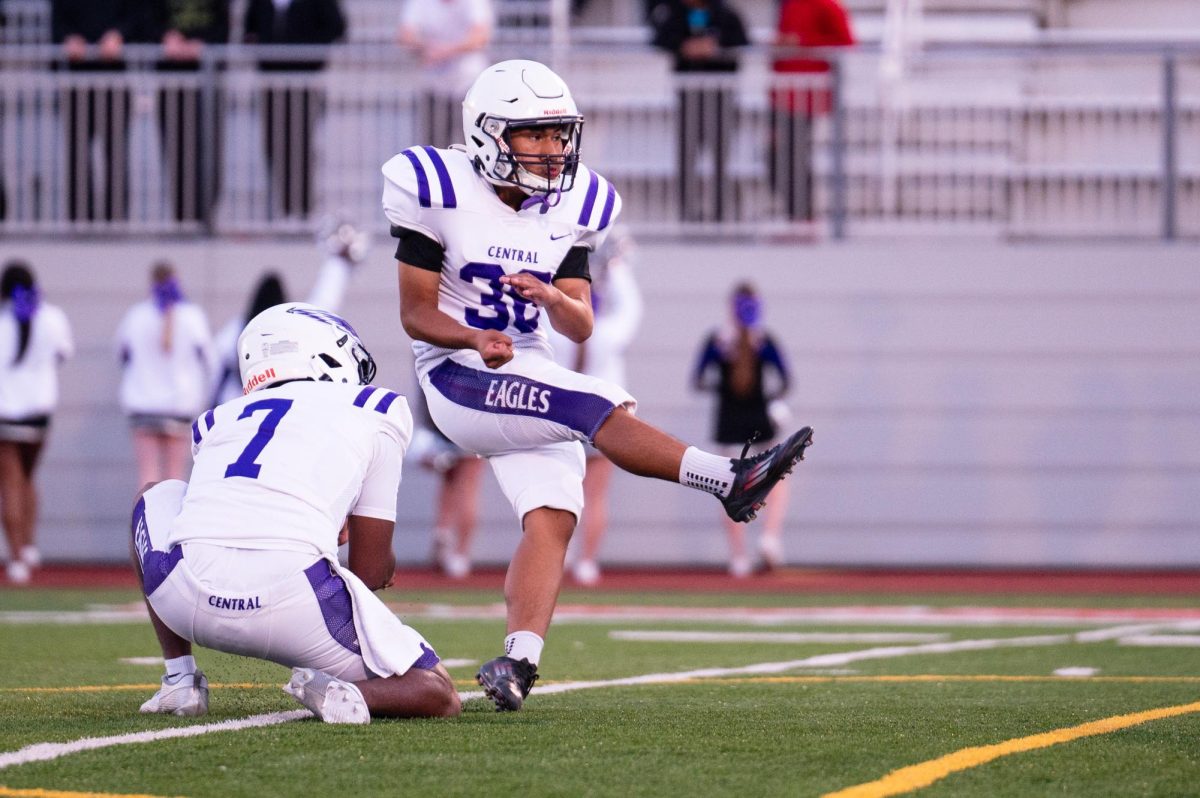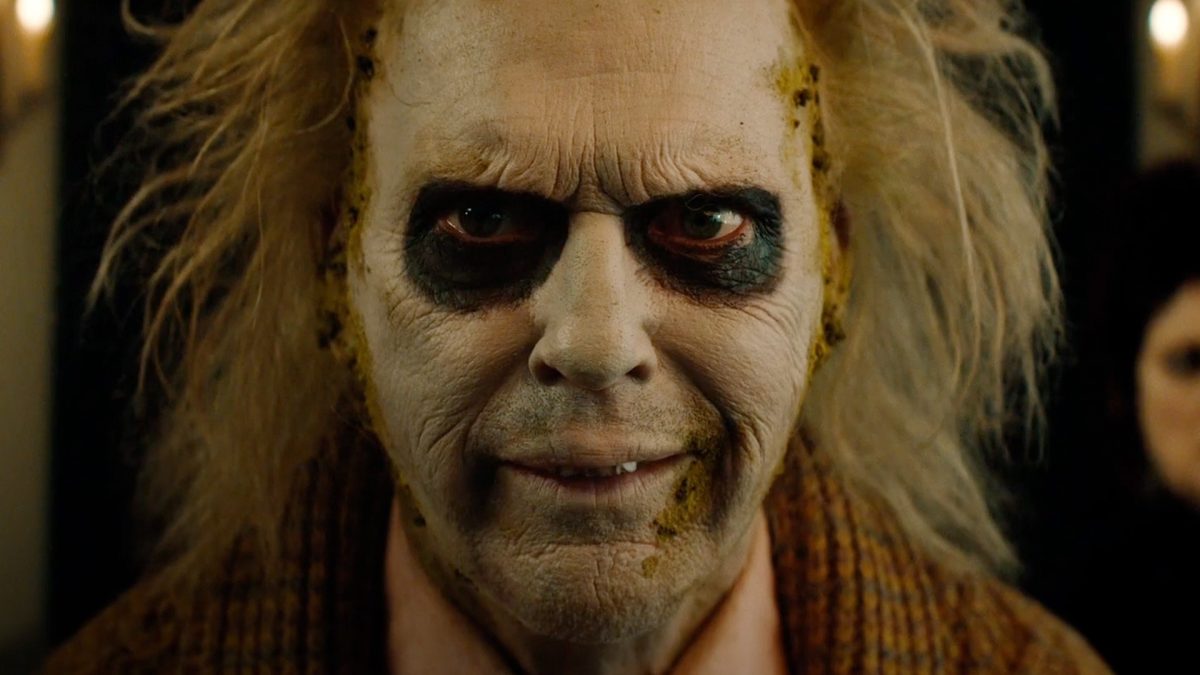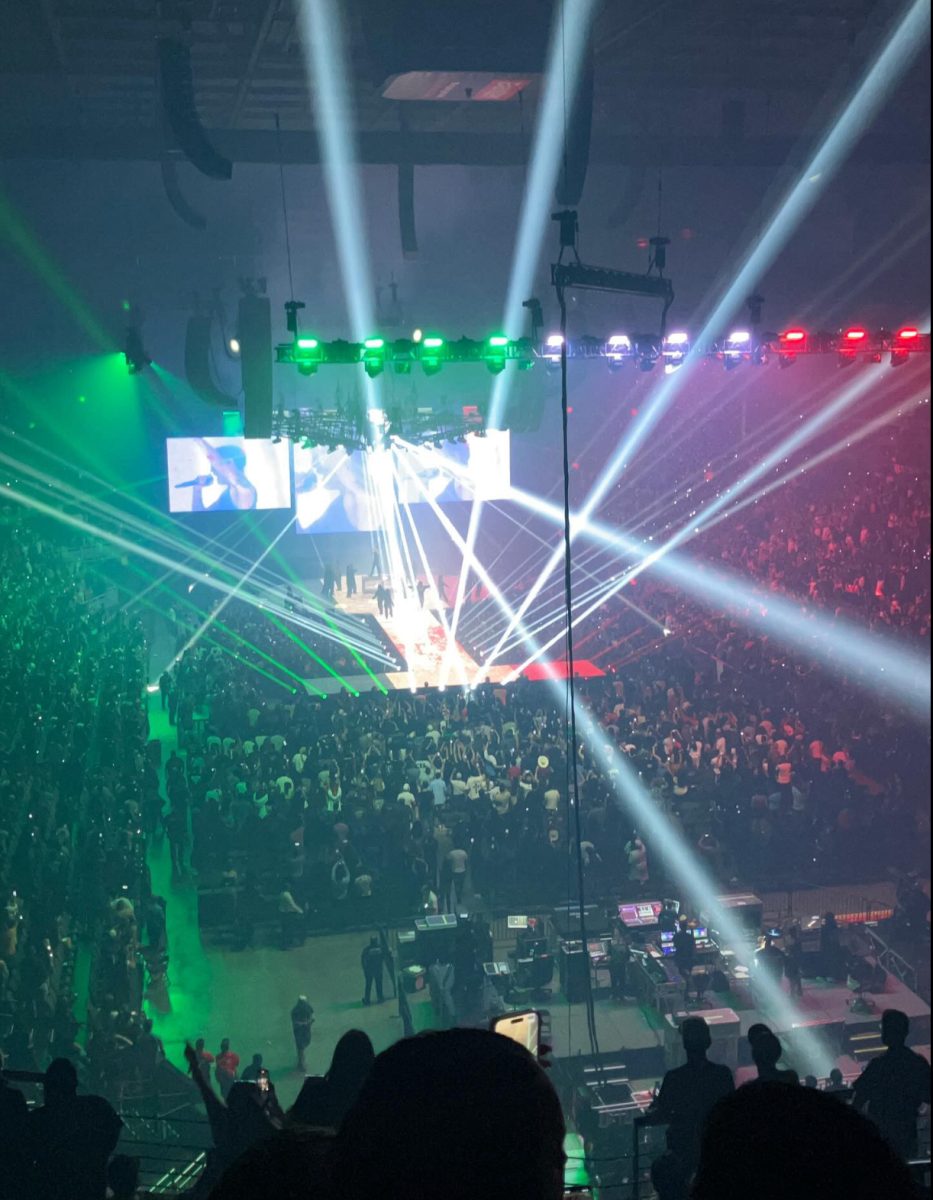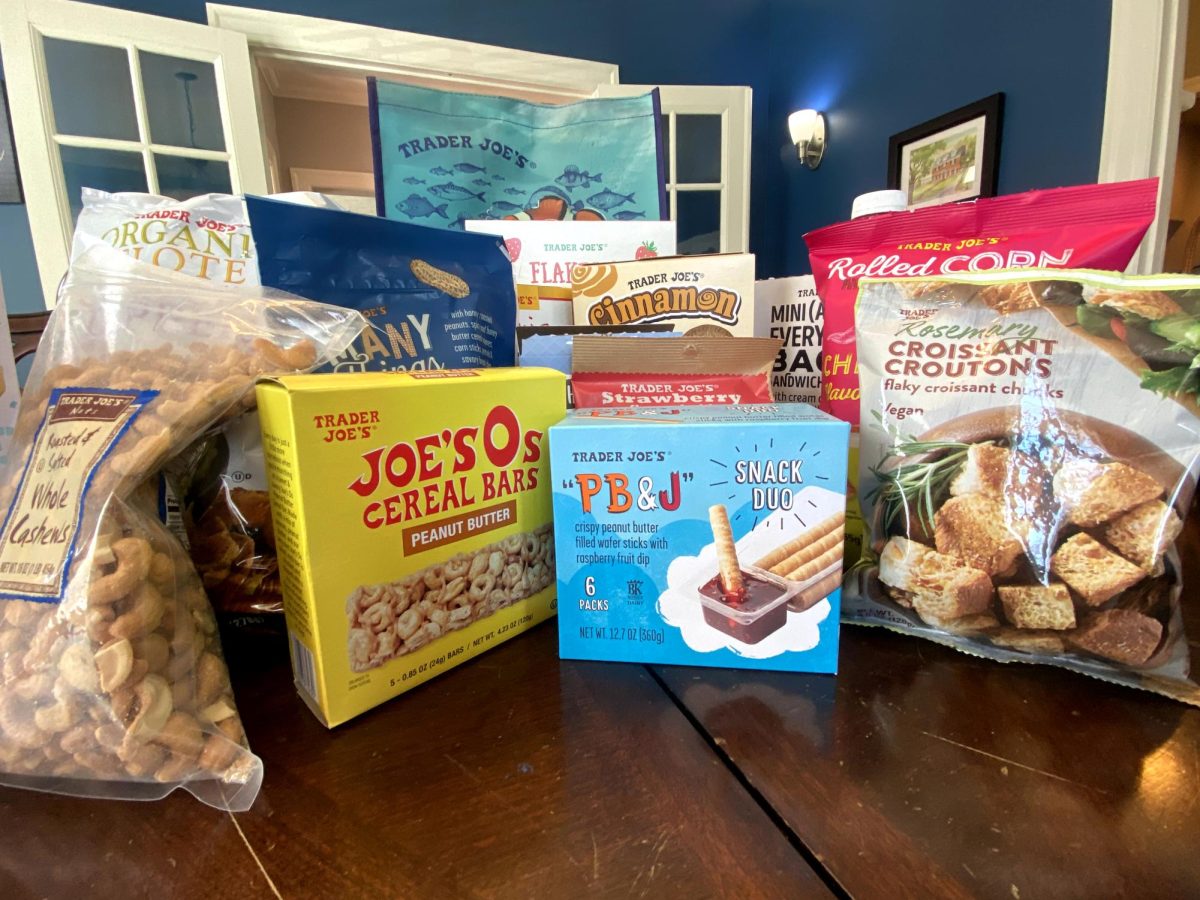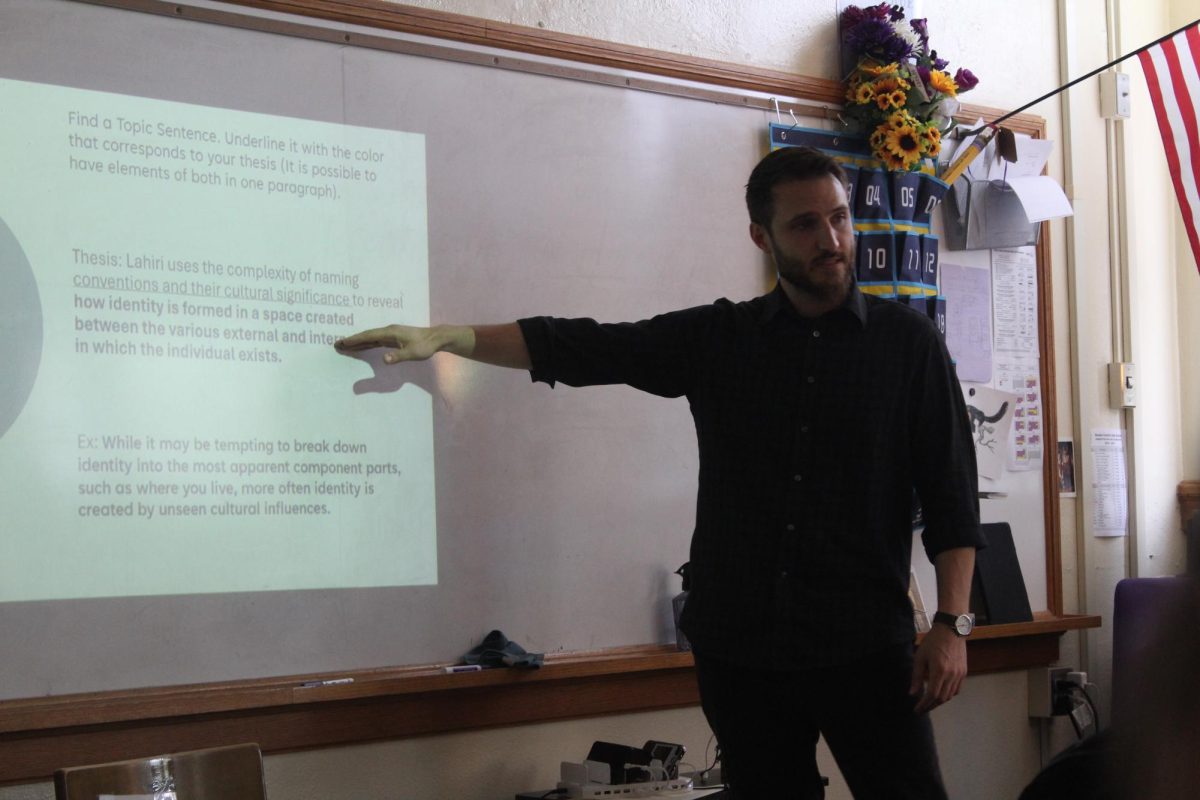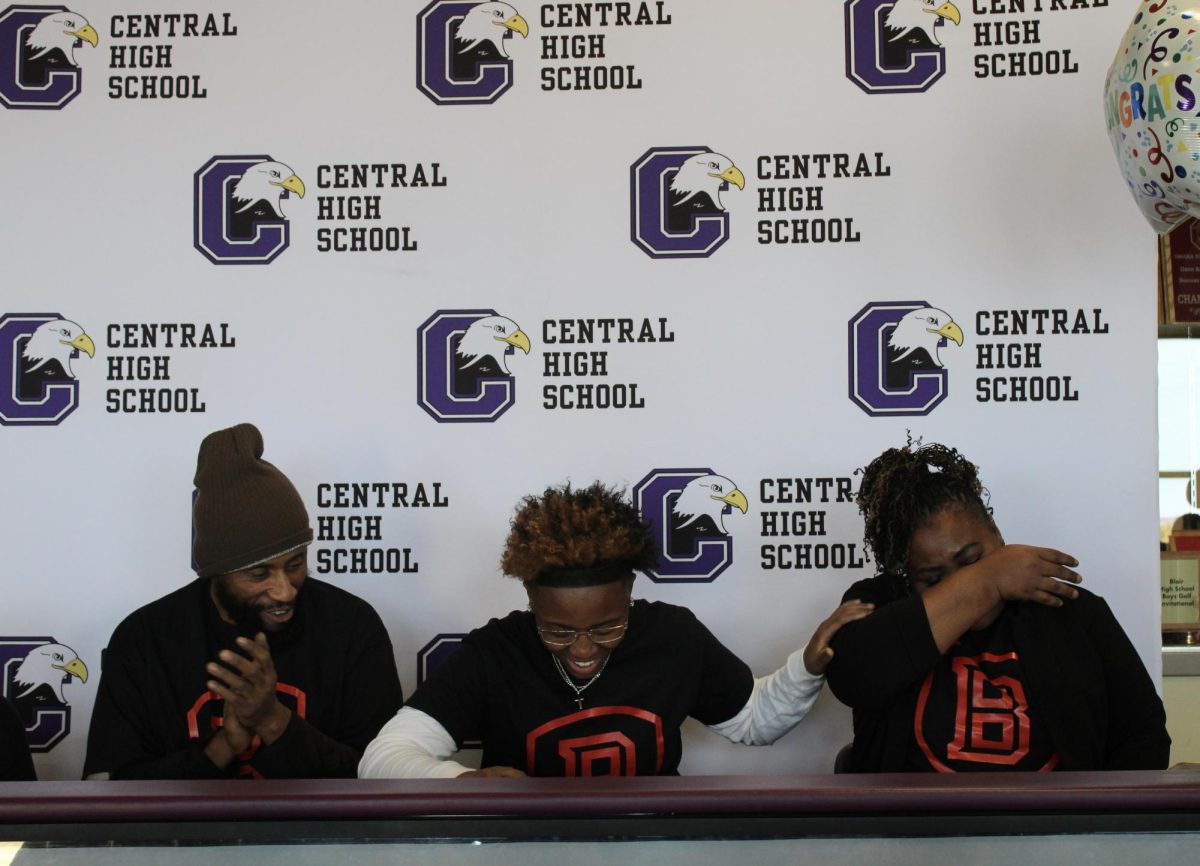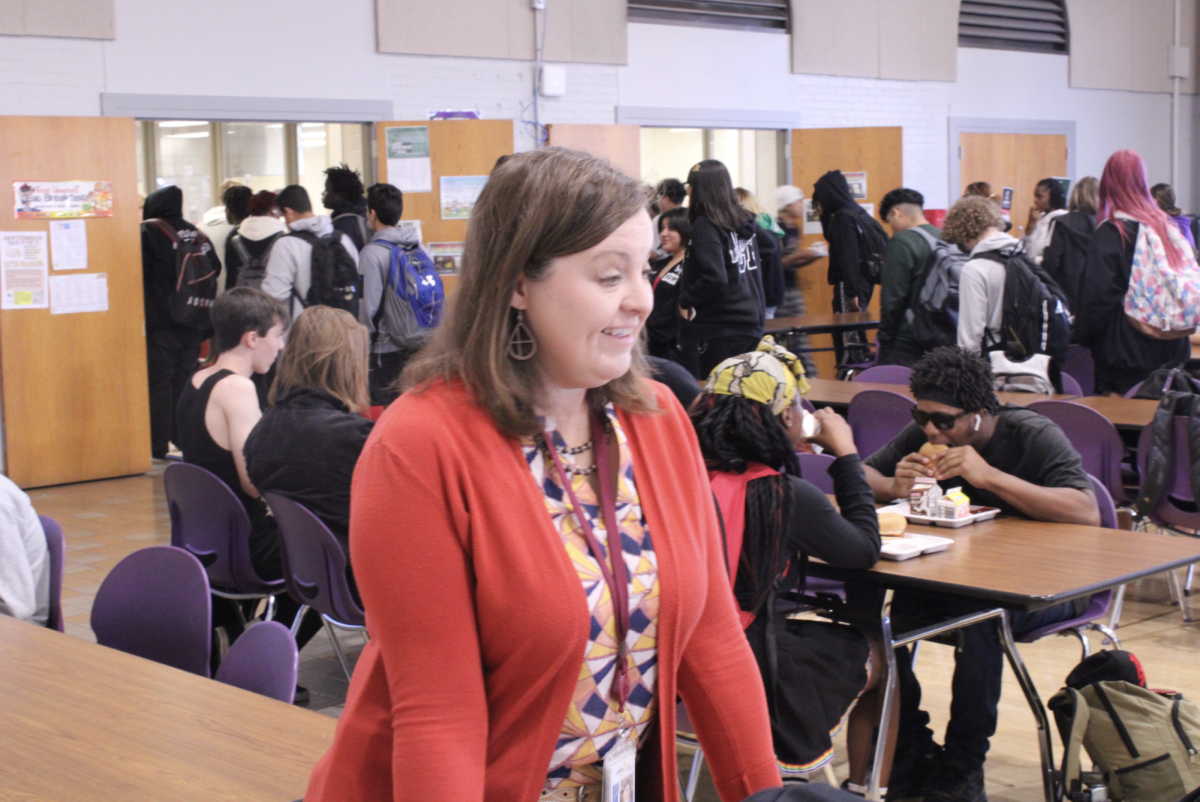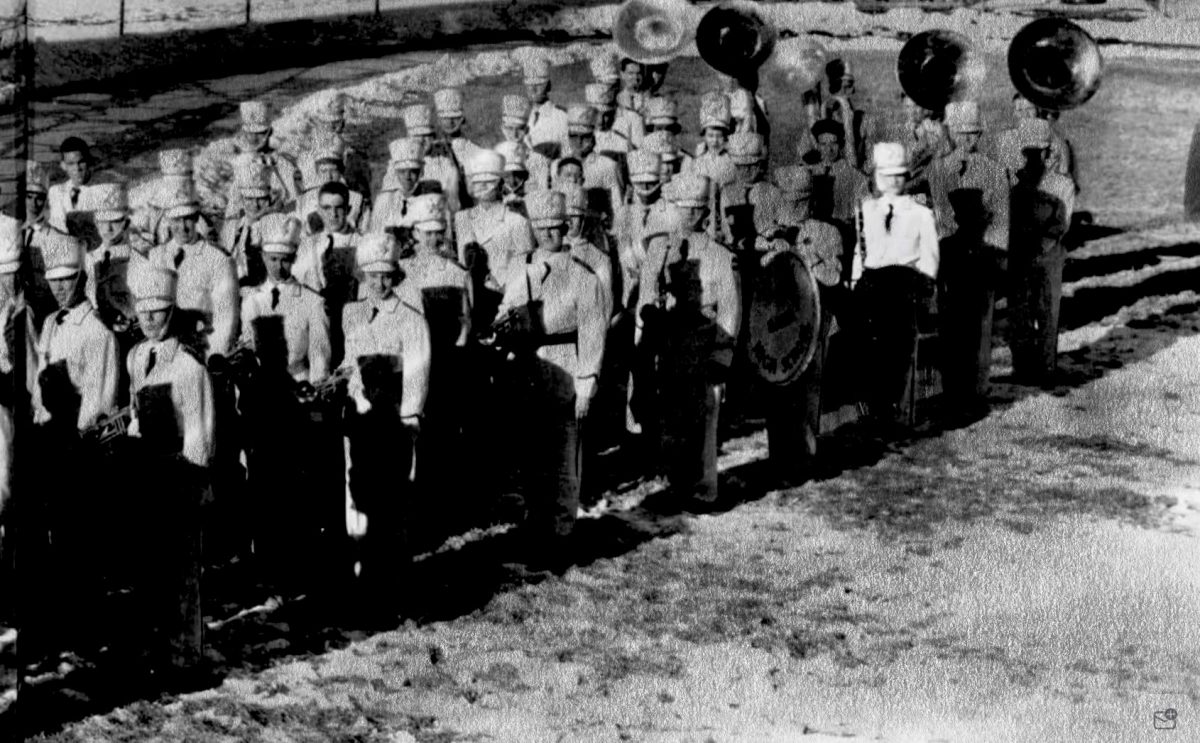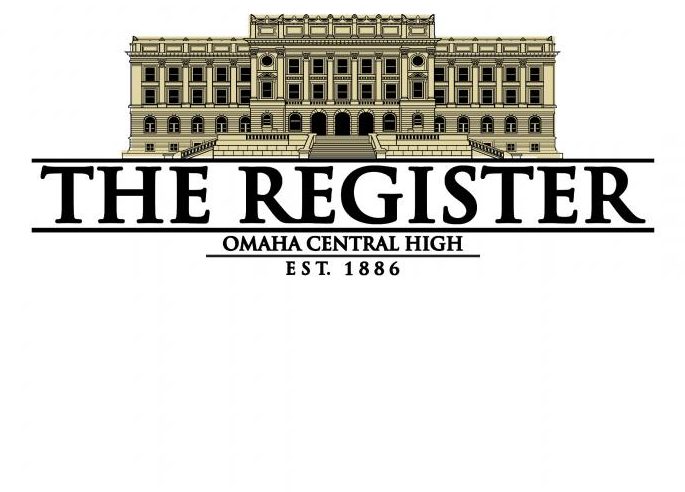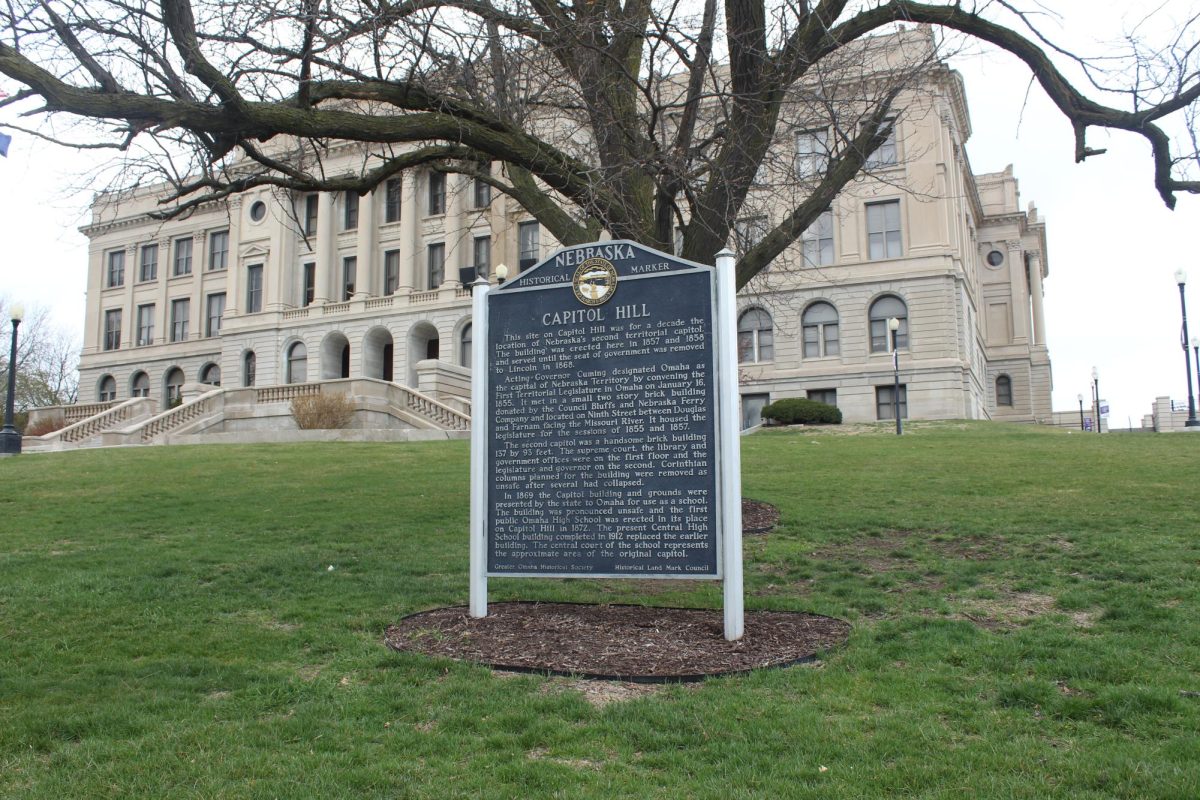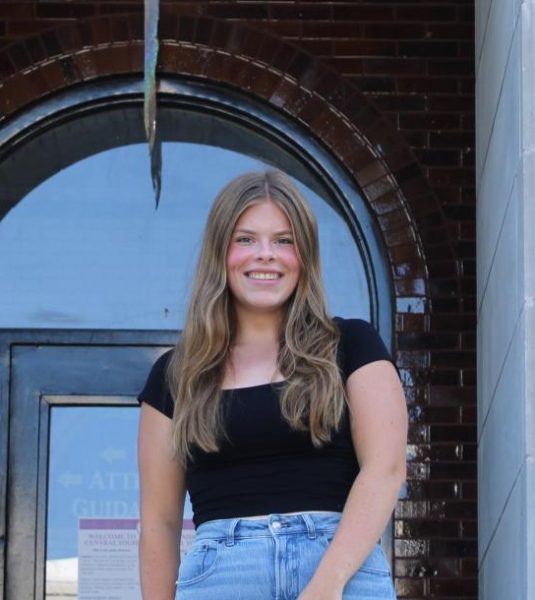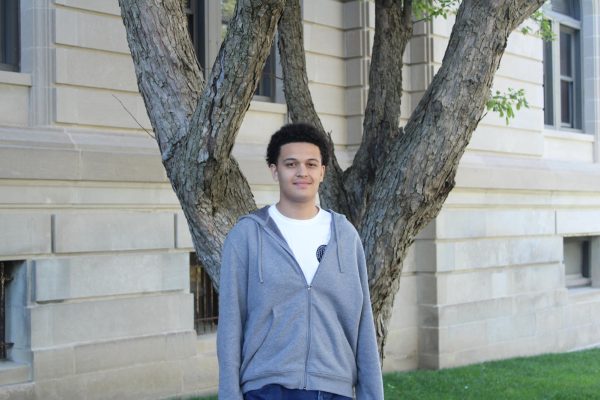Omaha History is an elective course at Central taught by Jay Landstrom, taking students through Omaha’s history. In the span of a semester, you start with learning about the Indigenous peoples that lived in Nebraska, all the way to modern times.
In this class, you learn about what the early city looked like, who helped get the city going, how the government performed, and famous Omaha residents who have made their mark on the world. As a student who attends the original Omaha high school, I believe this class should be required; we walk daily in a building over 100 years old, holding more history than most Omaha buildings. Every day, we immerse ourselves in the extensive and rich history and culture that is housed in this school.
Besides being the oldest school in the state, our campus is the site of two state historical sites, one being the Nebraska Territorial Capital site and the other being the exact site where Omaha officially became a city. We are in Downtown Omaha with a ton of Omaha history surrounding us, including landmarks, buildings and historical events that helped shape the city. “The city started and grew from here,” Landstrom said.
As residents of Omaha, many of us do not know what year the city we call home was founded in, let alone most of the significant historical details regarding our city. Topics surrounding Omaha and all of what it has to offer are what Omaha residents today should be learning about.
Young people see Omaha as another city in the middle of the Midwest where we just grow corn, when Omaha is home to four Fortune 500 companies, has the best zoo in the nation, and is where the Union Pacific railroad started. Omaha offers a history of the first jobs, people, and famous names we still know today; we just need to encourage younger generations to learn about it.
“The history of Omaha reflects the history of Nebraska and the United States and [for] many topics we think about nationally,” Landstrom said. “We can use events that happened here as a way to touch on larger themes.”
Not only do students learn about the historical events that took place in Omaha, but they also learn about the people who were from Omaha who have made differences in some way or another throughout history.
There are many famous Omaha citizens. James Fous earned the Congressional Medal of Honor during the Vietnam War; Roger Sayers was the fastest man in Omaha for many years; Gerald Thomas created the TV Dinner; and many more, including athletes, professors, doctors, and photographers. All shine a spotlight on the footsteps we follow and prove to students that Central High is not just an ordinary high school.
“The history is relevant and very specific to their [students’] everyday lives,” Landstrom said.
The history we learn about in this class can be applied to everyday life. For instance, if you are driving down the street, you can point out areas where notable events in Omaha occurred. I think that it is important for students to understand where they grew up or are living, no matter the good or bad parts. Central being in the location that it is enables us as students to have the roots of its history at our fingertips; we can walk a block outside of our school and be standing at the site of a historic event. Not many schools can say that.

